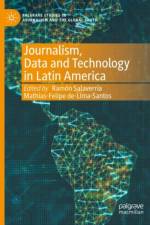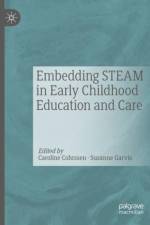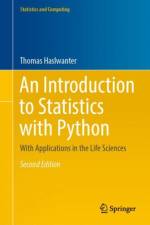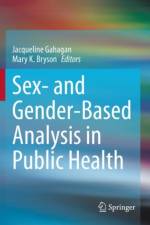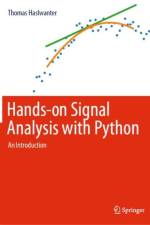617
This book is the first to focus on sex- and gender-based analysis (SGBA) in public health, addressing the dearth of thinking, practice, and publication on SGBA and public health. The Canadian government is a global leader in seeking gender equity and mandating SGBA in federal initiatives, programs, and policies, continuing to advocate for the uptake of SGBA. However, there is differential uptake of SGBA in many fields, and public health is lagging behind. This book analyses the movement toward SGBA in Canada and internationally, highlighting some key examples of public health concern such as HIV/AIDS and tobacco use.An international group of experts in the fields of SGBA, public health, program evaluation, policy development, and research comprise the authorship of the book. Collectively, the team of authors and editors have deep expertise in SGBA and public health nationally and internationally and have published widelyin the SGBA literature.Topics explored among the chapters ¿ organized under three thematic content areas: the SGBA terrain in public health, illustrative examples from the field, and the implications of SGBA in public health ¿ include:Sex- and Gender-Based Analyses and Advancing Population HealthBeyond ¿Women¿s Cancers¿: Sex and Gender in Cancer Health and CareWomen, Alcohol and the Public Health Response ¿ Moving Forward from Avoidance, Inattention and Inaction to Gender-Based DesignUnderstanding Pandemics Through a Sex- and Gender-Based Analysis Plus (SGBA+) LensSex- and Gender-Based Analysis and the Social Determinants of Health: Public Health, Human Rights and Incarcerated YouthGender-Transformative Public Health ApproachesSex- and Gender-Based Analysis in Public Health is an important text for graduate-level students and trainees as well as public health practitioners in a variety of disciplines such as health promotion, nursing, health administration, public administration, sociology, political science, gender and women¿s studies. The book also is an essential resource for specialists in public health policy, programming, research, and evaluation.





